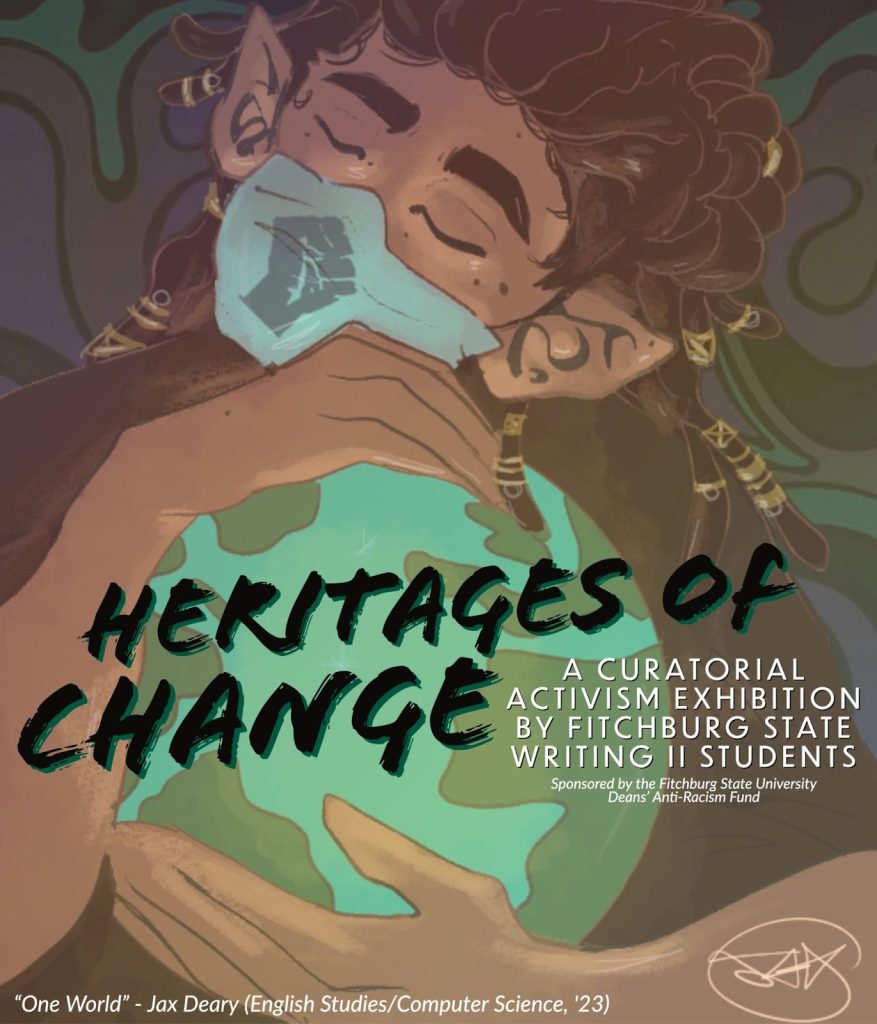About This Book
I began incorporating cultural heritage into my courses in 2015, after archaeologist Khaled al-Asaad was killed in Syria protecting the ancient site of Palmyra (see chapter 1.4 for more information). I had been thinking about how to redesign my world literature survey course to address the issue of student apathy due to taking the course as a general education requirement. I wanted to give students the opportunity to think about the significance of studying ancient and medieval literature. The death of Al-Asaad raised serious questions about the value of cultural heritage and what people have been willing to sacrifice for that heritage. Those questions led to a unit at the beginning of the course that asked students to look at what we would be studying through the lens of cultural heritage. The success of that experiment led to a variety of projects in other courses.
In first-year writing courses, it can often feel that we are practicing writing and research in a vacuum. Writing is about communication, and, if we do not feel that we have an audience, then it can seem like our writing has no purpose (even though practice of any kind will help us develop these skills). Heritages of Change developed in 2021 as a way for my students to think about the social changes that were prevalent during the COVID years and remain important in their wake. Many of us have so much to process, so many feelings, so many ideas we want to communicate. Heritages of change is a lens for thinking and writing about these ideas. Through curation and exhibition, we can focus on a specific audience with whom we can communicate authentically about this dynamic world.
Writing has impact, and, by honing our skills, we increase the potential reach and scope of that impact.
Heritages of Change is divided into five chapters:
- Chapter 1 introduces the main concepts of cultural heritage.
- Chapter 2 defines and discusses the significance of heritages of change.
- Chapter 3 explores disability heritage as an example of heritages of change.
- Chapter 4 walks through the creation of a heritages of change exhibition, including research and writing.
- Chapter 5 provides a guide for mentors.
Video Introduction
Fellow Instructors
For instructors who wish to adopt this book, please note that it is designed to assign in its entirety, in parts, or in conjunction with other texts. I personally use the chapter on disability heritage as the main focus for the first course in our first-year writing sequence and the other chapters for the second course, which also has an emphasis on information literacy.

Media Attributions
- Poster for the exhibition “Heritages of Change” © Jax Deary is licensed under a CC BY-NC-SA (Attribution NonCommercial ShareAlike) license

